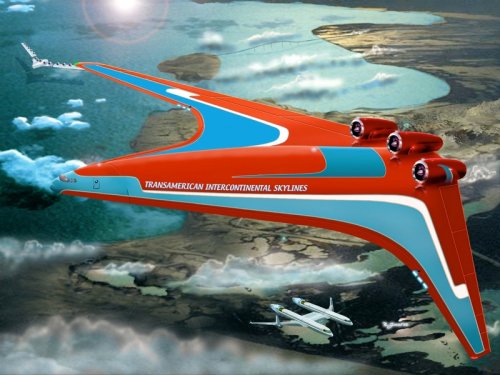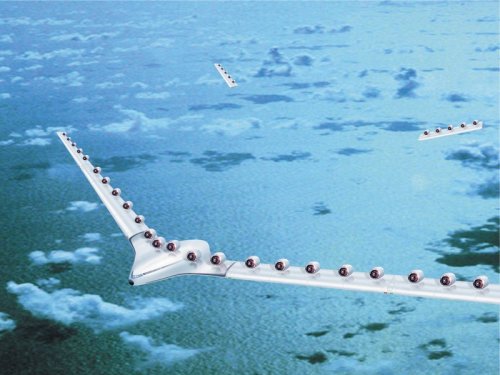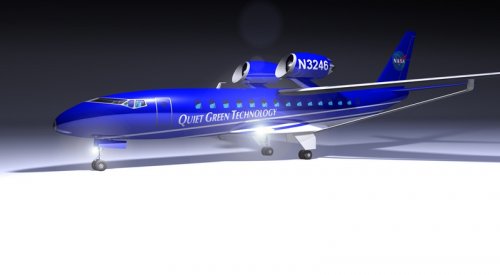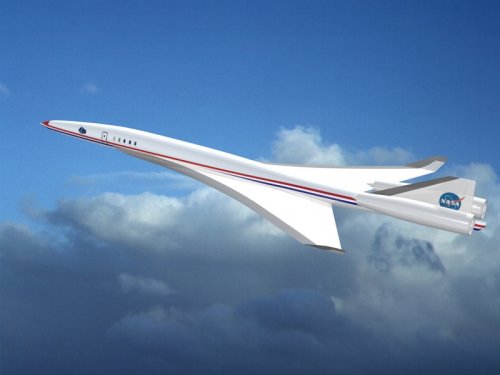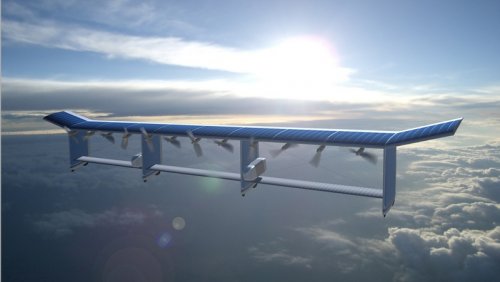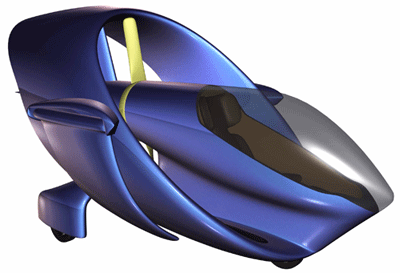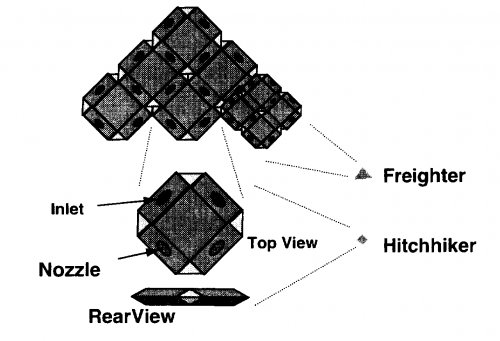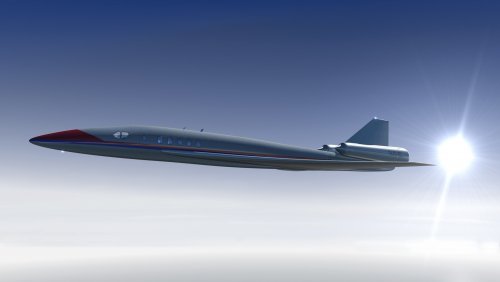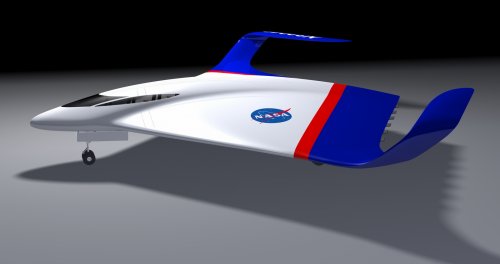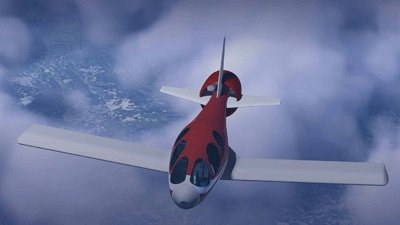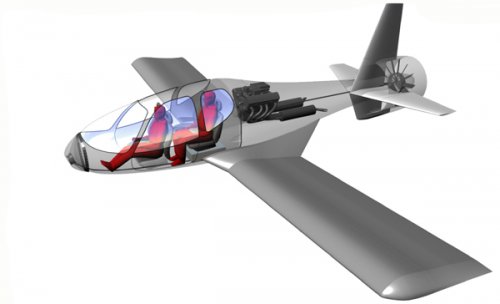NASA TOAT was referensed as a analog of another very unconventional NASA study from Advanced Vehicle Systems Technology program - Automated Package Delivery, also dubbed 'Virtual Memphis'. Note that illustration, actually, not a schematic, this weird flying Lego would look like this in fact! Imagine 5000 Mejun Express containers flying in formation over Moscow to their destination.
"...Modular aircraft (freighters) circulate on fixed racetracks between major purchasing
"hubs" (above weather and hub traffic). Delivery vehicles (hitch-hikers) detach from
the freighters to deliver packages to neighborhood collection centers, while
outbound deliveries hitch a ride from the collection center to the freighter & on to their
final destinations. Vehicles cross between racetracks to reach other national/international destinations. Robotic
collection centers notify customers of deliveries. Freighters are composed of "Lego"-Iike diamond-shaped delivery vehicles, plus a lead vehicle with management functions, main power, etc. Extensive leverage of SATS, Advanced Structures & Materials, Propulsion, Controls, Aerodynamic, and Smart/Morphing activities."
Enabling Technologies:
• Wideband communication with the National Airspace System
• "Designer" aerodynamics (make bricks fly)
• Controls (vehicle management, virtual control surfaces, fluidic flow vectoring, ...)
• Advanced materials and structures (electromagnetic glue, recyclable airframe, ...)
• Compact, very cheap propulsion systems
• Systems integration (maglev launcher, package retrieval, security, ground delivery, ...)
From NASA/TM-2000-210547
Research Opportunities in Advanced Aerospace Concepts
Gregory S. ]ones, Linda S. Bangert, Donald P. Garber, Lawrence D. Huebner, Robert E.
McKinley, Jr., Kenneth Sutton, Roy C. Swanson, Jr., and Leonard Weinstein
National Aeronautics and Space Administration
Langley Research Center
Hampton, Virginia 23681-2199
December 2000

